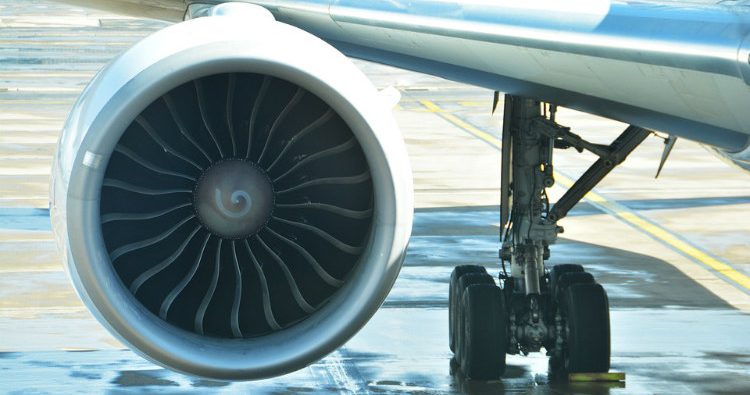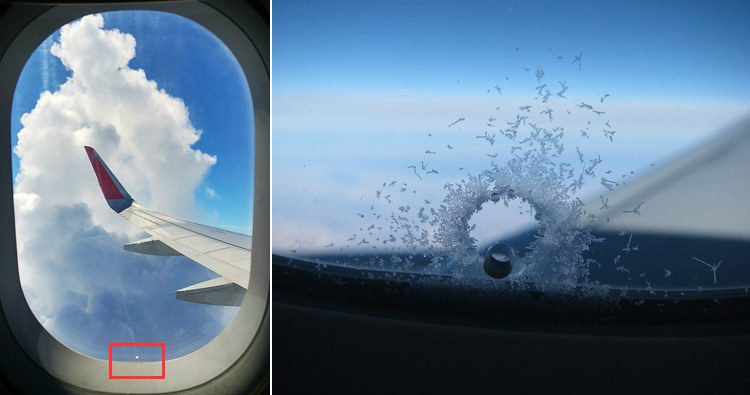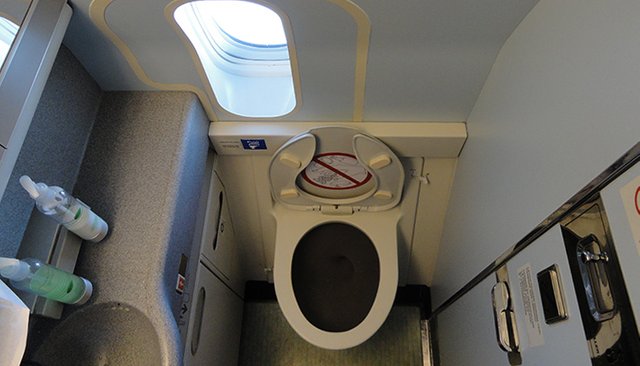5 Never Know Facts About Airplanes
There are an huge number of people who fly around the world, but despite the constant travels in planes, there are a number of facts about airplanes of which most people are unaware. Airplanes have a number of surprising facts. Here are five facts about airplanes most people don't know.
- Just one functioning engine for a long time.

The plane is able to land and take off with just one engine so the loss of an engine is not usually a really serious issue. If an engines fail, pilots are trained on how to fly the plane with the engine’s loss.
Plane engines have been built to withstand most problems and survive them. For instance, if a fire occurs in an engine, pilots can activate from a cockpit from the built-in fire extinguishers. The fire is usually put out, but if the fire is not completely extinguished, the casing of the engine is fireproof and will contain the fire ensuring that it does not spread. Even if one of the blades in the front of the engine should detach, the engine casing holds it and keeps it from damaging the wing or the body of the plane.
The pilots are well trained to handle such situations that most passengers are unaware of engine failures and keep them from the passengers unless the situation gets worse and puts the plane in danger.
- Due to the cabin pressure the food served on airplanes sometimes tastes bland.

People are usually unimpressed by meals served on airplanes as they often taste really bland. Food is not really the problem. The taste buds also contribute to the lack of taste in airline meals. While flying, the sense of taste is impaired as the taste buds tend to go numb during a flight. This gives all meals eaten during the flight a bland taste.
According to The Fraunhofer Institute, a research organization based in Germany, the food was tried out in at sea level and a pressurized environment, and they discovered that meals tasted different in both environments. They went on to reveal that a person’s ability to taste saltiness and sweetness drops to at as low as 30 percent because of the high altitude of the plane.
The airline meals are not all necessarily bad, but the plane’s pressurized cabin atmosphere makes it difficult for passengers to really enjoy their meals
- The tiny hole in the window

Most people look out of airplane windows and never notice an unusual hole on the window.There is an almost unnoticeable, tiny hole in an airplane window which is called a “breather hole.”
As an airplane flies higher, the cabin pressure drops. The airplane windows are created in a way that lets them manage that pressure. The windows in a plane are usually three panes that are made of acrylic material. The middle glass pane is the one with the hole in it, and the outer pane is meant to bear the majority of the air pressure.
These breather holes regulate the amount of pressure that passes between the window’s outer and inner panes. In the unusual event that the outer pane fails, the middle pane takes over and can handle the pressure on its own. The breather hole also helps keep the windows free of fog by releasing moisture through the hole.
- Flushing the toilet in an airplane

The airplane toilets are vacuum toilets which were first installed by Boeing in 1982. These toilets need really strong suction to pull the waste away with as little water as possible. The suction pulls the waste away into a holding tank where it is held there for the flight duration and then evacuated when the plane lands.
It is not advisable to flush while sitting on the toilet in an airplane as the vacuum pressure when flushing is quite high and you can get stuck on the toilet due to the suction the pressure creates. This is the reason why most airlines have the sign which states, “Do Not Flush While Seated On Toilet.” Avoid such embarrassing situations by standing up before flushing the toilet
- Flying when you have the flu or a cold can cause damage to your eardrums which can lead to loss of hearing.

Flying usually has an unpleasant effect on the ears as passengers tend to have ear discomfort or pain during flights. This discomfort is usually caused by the sudden change in altitude as the eardrum usually has an equal amount of air pressure on its inside and its outside.
The air pressure on the inside of the eardrum does not have enough time to equalize with the ear pressure outside the ear, and this causes the discomfort. But usually, the discomfort can be alleviated by swallowing, chewing gum, yawning, or by holding air in the mouth, pinching the nose shut and forcing the air through the ears until they pop.
But these remedies will not work when you have a cold. The discomfort is likely to get worse as the ears are already blocked due to the cold so there is no way to equalize the air pressure. This can lead to an ear infection or a ruptured eardrum which in turn can lead to more serious issues like loss of hearing or permanent ear damage.
Hello!